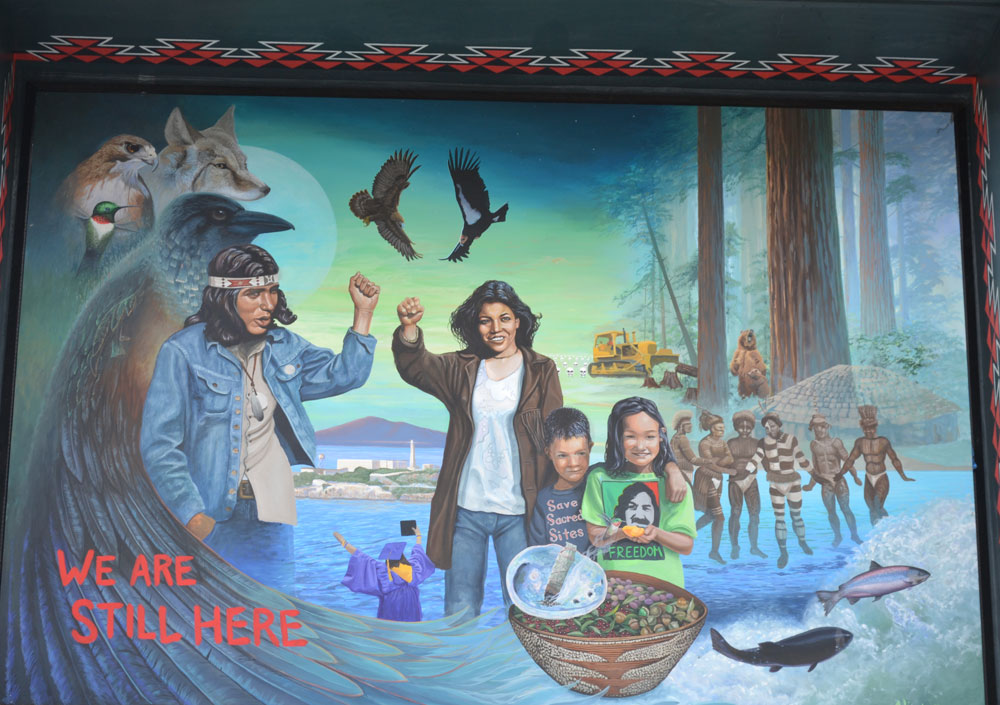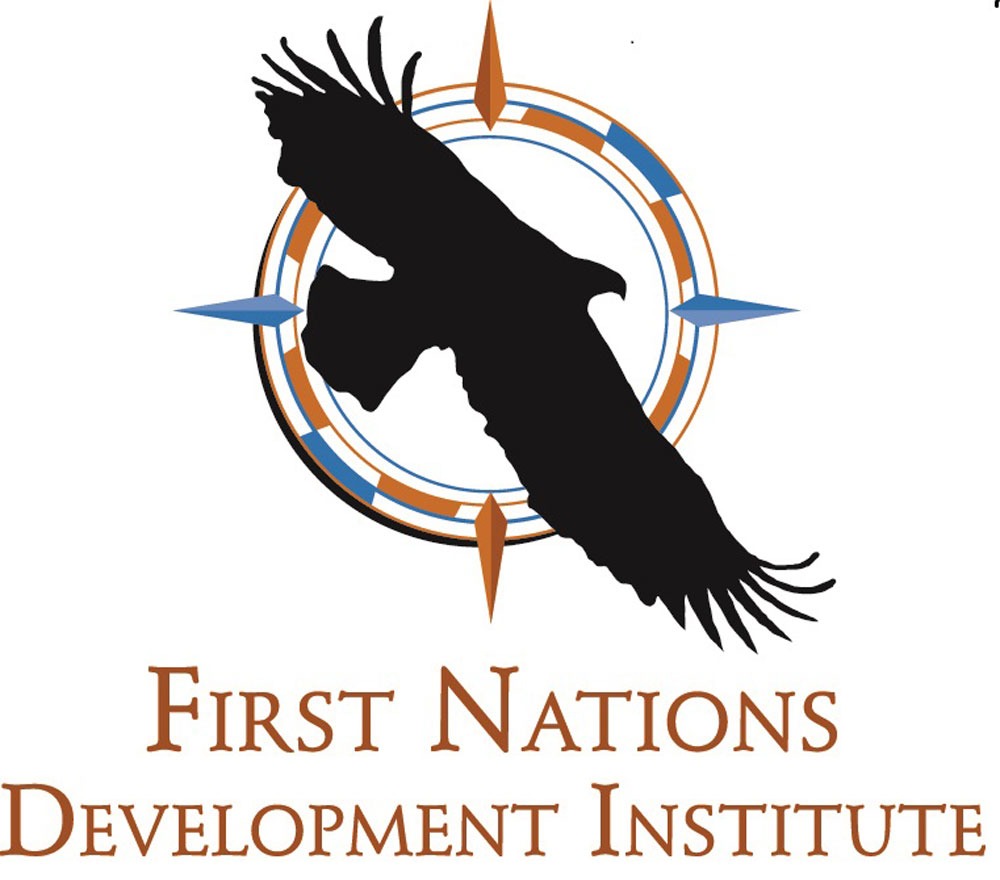

Building organizational capacity in finances, leadership, programs, and infrastructure is critical. Forcing Native nonprofits to adhere to foundation definitions of success and foundation-favored approaches to service delivery, however, is not capacity building. It is colonialism in philanthropic clothes.
Nonprofit capacity building is certainly not unfamiliar to me. In fact, I have spent the better part of my 20-plus-year career directly in the middle of it. On more than a few occasions, I have come into organizations in a management or board position during that critical time in the nonprofit lifecycle where the organization is stagnating and could either cease to exist or renew and reinvent itself. In each of these experiences, the only viable path to save these organizations was to place the primary focus on capacity building.
While there are countless definitions of nonprofit capacity building, I personally define it as ensuring the organization is healthy in its finances, leadership, programs, and infrastructure. Achieving this requires rolling up your sleeves, working countless hours at lonely and unseen work. It is not sexy, but when ignored or managed poorly, organizations fall apart, regardless of how inspiring their mission. As such, capacity building is something that should absolutely be supported through grant funding. After all, if funders are investing precious resources in nonprofit organizations, those organizations should at minimum be healthy and whole.
Over the last decade, what I have found incredibly interesting (and distressing), however, is the growing trend of foundations investing resources in building their own capacity in areas that had originally been central to the work of nonprofit organizations. Case in point, a report issued in 2017 by Rockefeller Philanthropy Advisors “found that foundations are now far more likely to identify their own solutions and then identify organizations that will adopt these models.”
When I was on the grantmaking side of things, this was generally called strategic grantmaking. And while I understand the need for foundations to define their own goals and definitions of success, to do so without the input and expertise of those on the ground is highly unlikely to work. For those of us running nonprofit organizations, because we are so challenged with raising funding support, we often have little choice but to accept this kind of funding and hence grudgingly adhere to someone else’s definition of success in our own work.
To be frank, strategic grantmaking, more often than not, is just overly prescriptive grantmaking. Put more bluntly, as someone who works for a national nonprofit serving Native Americans, it is just another iteration of colonialism. As a Native American, I am all too familiar with the countless failed policies that were developed to help us or save us from ourselves.
Historically, Native people have been viewed as wards of the US federal government without the ability to make sovereign decisions. As the original inhabitants of this land, we have been systematically stripped of the very assets that were used to build the financial wealth, including philanthropic wealth, of this nation. How ironic is it now that those of us whose organizations serve Native American people must adhere to outside models in order to access the financial resources that were built from the theft of our assets? Simply put, when funders dictate to us exactly how we must put their funding to use in our work, it is the ultimate exercise of colonialism.
In all of my discussions over the years with funders with regard to (rarely) bestowed capacity-building dollars, this very same thing happens. Funders define capacity building for us and provide funding only to build the kind of capacity they think we need.
As Native-run nonprofits, it is generally assumed that we lack capacity, rather than recognizing that, like most nonprofit organizations, we simply have areas that we’d like to further develop or expand if only we had the financial resources to do so. Further, the assumption is made that where we lack capacity is in our ability to effectively or competently manage our own affairs.
Sign up for our free newsletters
Subscribe to NPQ's newsletters to have our top stories delivered directly to your inbox.
By signing up, you agree to our privacy policy and terms of use, and to receive messages from NPQ and our partners.
It is indirectly, or even directly, implied that if we are to succeed, we must adhere to outside models and programs. And yet historically, outside models, programs, and tools have not bettered the lives of Native people, but rather they have caused many of the issues we struggle with today. As such, this prescriptive approach by funders simply perpetuates the same policies that were historically developed to strip of us of our culture, assets, and identity.
If funders really want to be effective grantmakers, they do need to build their own capacity, but not by developing prescriptive models and programming for their grantees. Rather, they need to staff their organizations with people from the communities they serve. And while hiring program officers is a step in the right direction, it is not enough. To really build their capacity, foundations have to drastically change the makeup of their own leadership at both the executive and board levels. I would challenge funders to consider setting a goal of staffing their organizations at parity representation in line with the communities and/or populations they serve. And no, this is not impossible—just ask Intel.
Ranked 135 on the Fortune 500 list, Intel made a commitment in 2015 to achieve full representation in women and underrepresented minorities in their workforce in just five years. They actually did it in a mere three years! How? By integrating diversity into every aspect of their business, from supply chain to executive leadership. And while I recognize that Intel is a corporation, not a foundation, it is also a large grantmaker through its foundation and corporate giving. In fact, part of their integration of diversity includes their philanthropic giving.
The result? Forbes reports Intel’s revenue is up 12.9 percent, moving them up 11 slots in their ranking on the Fortune 500 list. As Barbara Whye, Chief Diversity and Inclusion Officer and Vice President of Human Resource at Intel, said in 2017, “When people ask me about the business case for diversity and inclusion, I ask them to tell me the business case for homogeneity.” Apparently, there isn’t one, as Intel’s diversity and inclusion strategy proves.
With appropriate representation in leadership and staffing, foundations can further build their capacity to be better grantmakers by working side-by-side, instead of top down, with their grantees. Instead of creating models and programs internally and then handing them to nonprofits to deliver while they stand back to evaluate just how well the organization performed against the foundation’s defined metrics of success, foundations should look for nonprofit organizations who are already doing good work in the issue areas or the communities in line with the foundation’s ultimate goals and provide them with real capacity-building funding. This could include funding for developing stronger leaders and staff, hiring additional staff, building operational endowments, upgrading technology, or even just providing operational support so organizations can worry less about raising money to keep the lights on and focus more on carrying out their mission.
To be most effective, grant commitments also need to be much longer than we generally see today. To truly build capacity (also known as sustainability) takes time. In my experience, it takes a minimum of five years to reinvigorate an organization and set it on the path to becoming healthy and sustainable. And that is just the beginning; at that point, the organization is poised for long-term success but has to continue to build its capacity to ensure it remains on that path. Capacity building is never finished. Ever. The most successful organizations integrate capacity building indefinitely.
Finally, to do our best work and be successful, nonprofit organizations need funders who truly want to be partners in our work.
We are open to dialogue and ideas about how to best serve our communities, but funders must recognize and value our expertise and ultimately allow us to decide what models and programs we want to utilize. We must also be the ones to establish goals and define successful outcomes.
Providing us models and programs that were developed without our input perpetuates power inequity and often harms our communities rather than helping them. A significant part of establishing genuine philanthropic partnerships with Native groups requires funders to recognize and acknowledge that their financial resources were built from the taking of assets (primarily land and labor) from Native Americans, African Americans, Latinxs, Asian Americans, and other marginalized groups.
To further ensure that foundations will truly be partners, philanthropy must also strive for full representation of people in leadership positions and on staff that come from our communities. And they must provide long-term funding support that will not only help to build capacity (as we define it), but also maintain it so we can do our best work and achieve our collective goals.









